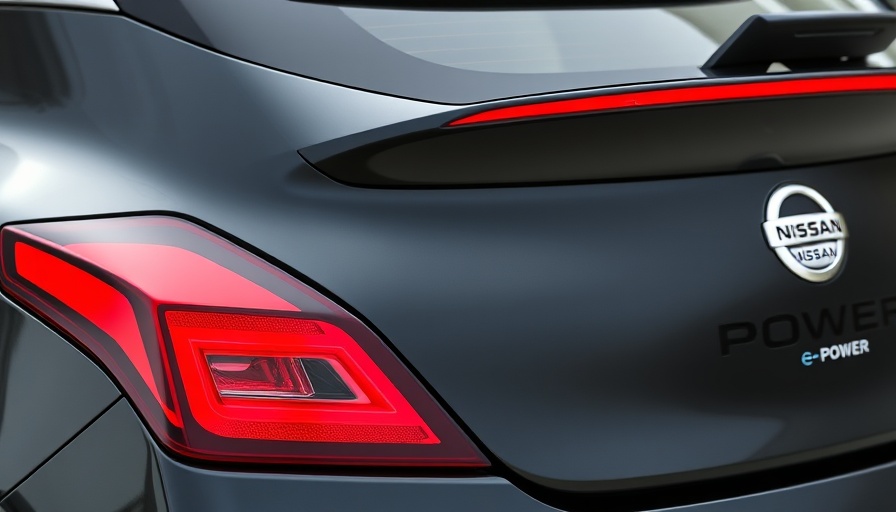
Ford’s Electric Shift – A Tough Road Ahead
Recent reports indicate that Ford may be considering a major shift in its electric vehicle (EV) strategy, specifically regarding the iconic F-150 Lightning. Despite being the best-selling electric pickup truck, the Lightning could be facing the chopping block as the automaker grapples with the realities of EV market conditions. According to the Wall Street Journal, Ford has not confirmed this decision, but the discussions surrounding it raise significant concerns for its electric future.
The F-150 Lightning – A Market Leader with Challenges
The F-150 Lightning has achieved notable success since its launch, managing to sell 10,005 units in the third quarter of 2025, outpacing competitors like the Tesla Cybertruck and GMC Hummer EV. However, this impressive figure pales in comparison to the nearly 66,387 units sold of the traditional F-150 just in October alone. This disparity illustrates a critical crossroads for Ford: can it sustain production of a well-received EV when its gas counterpart sells exponentially better?
The Unique Appeal of the F-150 Lightning
What sets the Lightning apart in the electric vehicle market is its integration of familiar features that loyal F-150 customers appreciate. It retains the feel of a classic truck but transitions seamlessly into electric capability. With battery options offering up to 320 miles on a single charge, it caters to both work and leisure needs, even providing an innovative front trunk space instead of a traditional engine.
Current Market Dynamics – The Bigger Picture
Ford’s contemplation of discontinuing the Lightning reflects broader issues in the EV sector. Although there is a growing demand for electric vehicles, manufacturers face hurdles in profitability and production costs. Many companies, including Ford, invested heavily in EV development, driven both by regulatory pressures and consumer demand. However, this investment has yet to yield the expected returns. The question now is whether Ford will double down on its vision for electric pickup trucks or pivot back to its traditional offerings which continue to dominate sales.
The Future of Electric Vehicles – Predictions and Insights
This predicament is not just a Ford-specific issue; the future of electric trucks hinges on consumer acceptance and market viability. As more automakers enter the electric truck market, including Rivian and Tesla, there is an avalanche of choices for consumers. Will Ford adapt and innovate to maintain its leading position, or could the F-150 Lightning serve as a cautionary tale in the electric vehicle transition?
Challenges Ahead for Electric Trucks
Despite its impressive sales for the electric segment, the F-150 Lightning is not without its drawbacks. Electric trucks often struggle with tasks normally expected of a truck, such as towing heavy loads—a vital purchase consideration for many truck buyers. Ford’s dilemma is emblematic of the challenges facing electric vehicles overall: manufacturers must not only create attractive EVs but also ensure they can perform at the level expected by traditional truck owners.
The Value of Monitoring Electric Vehicle Trends
For consumers and industry watchers alike, keeping a pulse on the evolving EV marketplace is essential. Insights into vehicle reliability, performance comparisons, and technological advances can inform future purchasing decisions. As electric vehicles continue to develop, understanding these trends can help buyers recognize the best value and performance for their needs.
In conclusion, as the electric vehicle space rapidly evolves and companies scramble to find their footing, it’s worth considering the implications of potential shifts in production like that of the F-150 Lightning. Monitoring Ford and other automakers' moves will be crucial for consumers looking to make informed decisions about their next vehicles. With electric vehicles becoming a larger part of the automotive landscape, it’s an opportune moment for car enthusiasts and potential buyers to reflect on how these changes will impact their choices.
 Add Row
Add Row  Add
Add 




Write A Comment